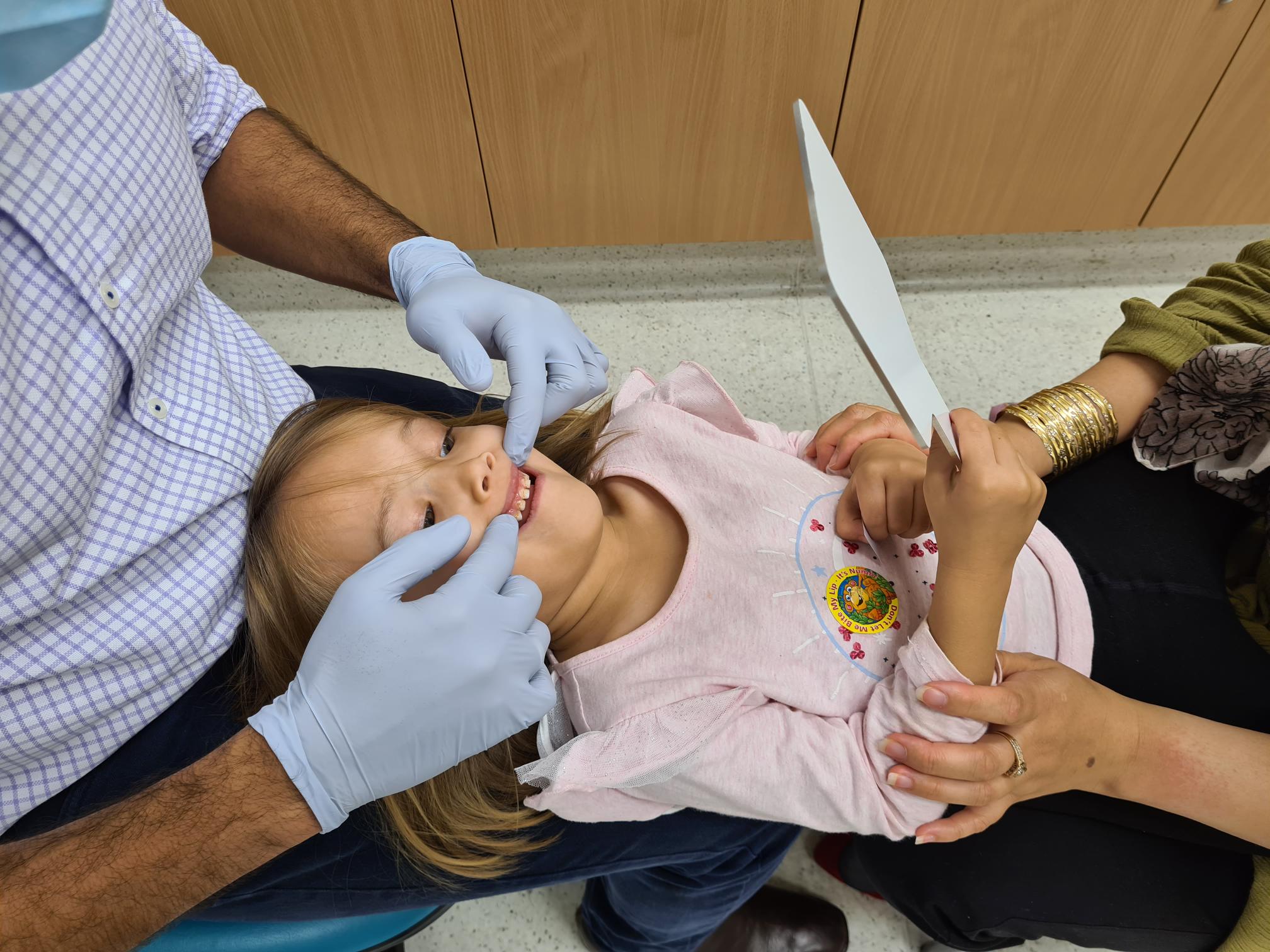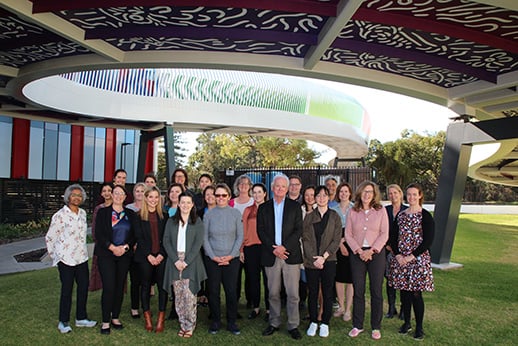Search

The Happy Parenting Program is investigating new ways to provide support to parents with young children from an early age.

Assessing a dental photographic method as an alternative dental screening method.

News & Events
World-first research to transform outcomes for First Nations children with cancerA first of its kind research program at The Kids Research Institute Australia aims to develop new strategies to better treat First Nations children with cancer.
Read about the management staff of the Children's Diabetes Centre, Dr Charles Czank and Nirubasini Paramalingam.
Our Centre is involved with a wide range of research projects, many involving collaborating with partners to run trials of new technologies and treatments.
Our research group is looking for patterns in newly diagnosed diabetic patients in WA to understand the characteristics and risk factors of children with T1D.
Find out how to participate in our research and community group

We hear the word leadership so often, but what does it mean, especially in an online context? Once we understand our role as cyber leaders we are

Friending and Grouping Most social media sites or apps connect you with other users by friending or following. Within the larger group of your

